Starting your fitness journey can be overwhelming—especially when it comes to deciding how often you should eat. Two popular eating patterns often debated are intermittent fasting (IF) and frequent small meals. But which one actually supports better flexibility, energy, and overall progress—especially for gym newbies?
In this guide, we’ll break down both approaches, compare their effects on flexibility and physical performance, and offer practical tips, weekly targets, and safety advice to help you make an informed choice.
Intermittent fasting involves cycling between periods of eating and fasting. One of the most beginner-friendly methods is the 16:8 approach, where you eat all your meals within an 8-hour window (e.g., 12 PM to 8 PM) and fast for the remaining 16 hours.
Research suggests intermittent fasting may support weight loss, improve insulin sensitivity, reduce inflammation, and enhance cellular repair—all of which can indirectly support better mobility and joint health.
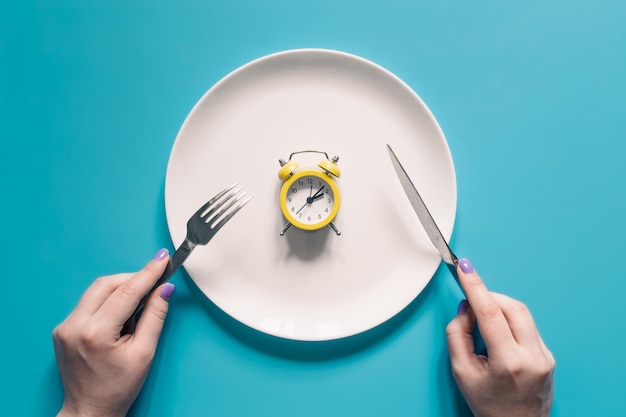
This approach involves eating every 3–4 hours, typically 4–6 small meals per day. The idea is to keep your metabolism active, maintain steady blood sugar, and avoid energy crashes—especially important when starting a new workout routine.
For gym beginners, this method can help sustain energy during workouts and support muscle recovery, which in turn may improve flexibility over time by reducing soreness and increasing workout consistency.
Flexibility isn’t just about stretching—it’s influenced by body composition, inflammation levels, hydration, and recovery. Here’s how each eating pattern stacks up:
While neither directly increases flexibility, frequent meals may offer a slight edge for beginners due to better energy stability and nutrient timing around workouts.
Fasting isn’t for everyone. Keep these safety tips in mind:
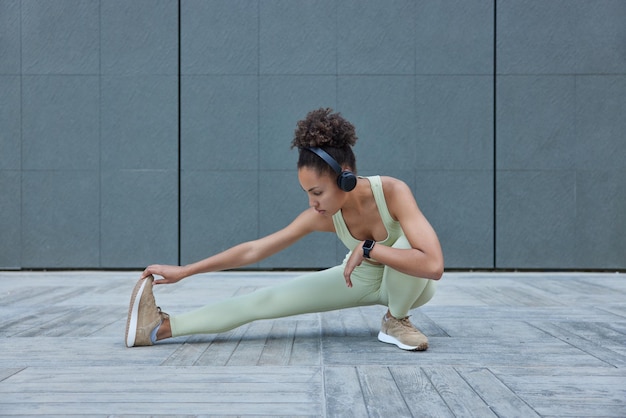
Both intermittent fasting and frequent meals can support fitness and flexibility when done correctly. For gym beginners, frequent small meals may provide more consistent energy and better recovery—key for building a sustainable routine.
However, if you’re drawn to intermittent fasting, start slowly with shorter fasting windows and monitor how your body responds. The best diet is the one that supports your lifestyle, energy needs, and long-term goals.
Remember: Flexibility improves with consistency, not just diet. Combine smart nutrition with regular movement, and you’ll see progress—no matter which eating pattern you choose.

Fitness

Fitness

Fitness

Fitness
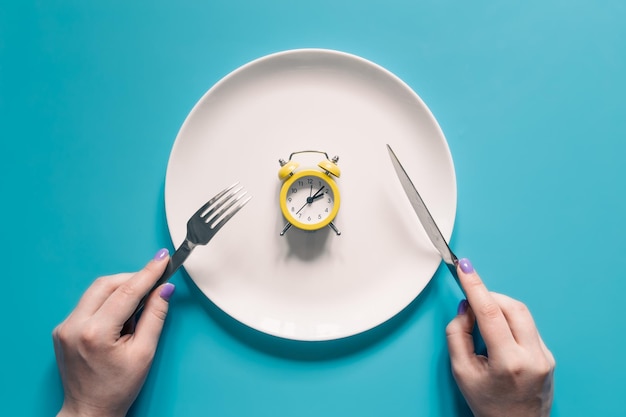
Wellness
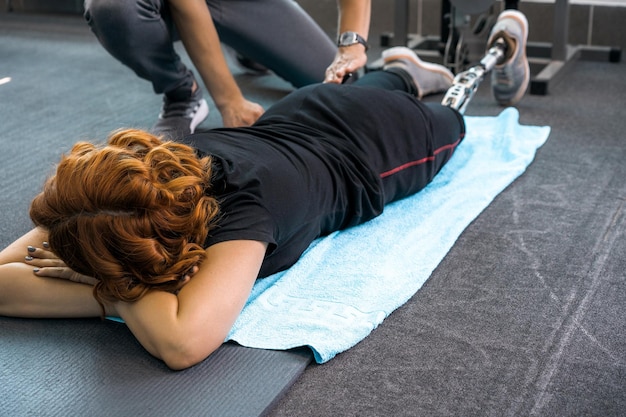
Fitness

Fitness

Fitness

Fitness

Fitness
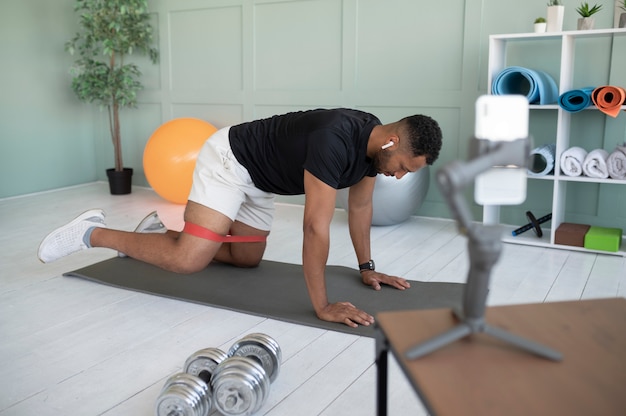
Fitness

Fitness

Health

Fitness

Health

Health